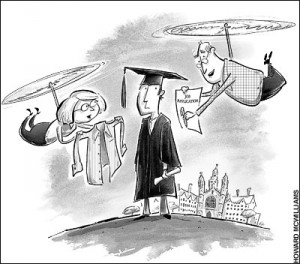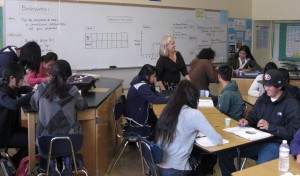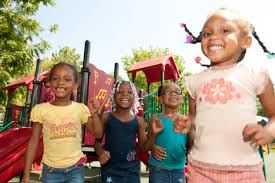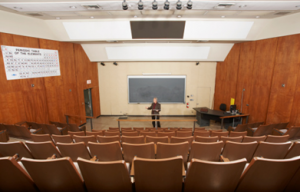
Drone parents–they’re the helicopter parents with technologically enhanced surveillance capacity–are expanding their territory. In the working world, they’ve been to job fairs and bosses’ offices in the place of grown children. At college, they’ve written term papers and argued with professors on behalf of their offspring. As this parenting style evolves, it’s important to understand how college students are affected when intense over-parenting follows them to campus.
That’s why Jill C. Bradley-Geist and Julie B. Olson-Buchanan conducted an online survey of 482 college students. The survey included questions about parents’ behaviors as well as their own personality, demographics, and GPA. It also provided hypothetical workplace scenarios requiring students to choose how they’d respond to work-related problems.
They found that college students who live at home were more likely to consider themselves “over-parented.” Over-parenting was also more likely among students who consider both their father and their mother to be their primary caregivers, those with fewer siblings, females, and Asian students. Regarding its effects, over-parenting predicted maladaptive workplace behaviors and lower student self-efficacy but was not related to GPA. Parental involvement, in contrast to over-parenting, was positively correlated with intentions to go to graduate school and satisfaction with feedback from professors.
This has important practical implications for higher education and for parents. College visits and orientations could provide guidance about expectations for student autonomy and appropriate parent involvement. Instructors might provide opportunities for practicing “soft skills” like taking accountability and dealing with negative feedback. Parents might rethink the line between involvement and over-involvement, and perhaps forego accompanying their child to lecture.
Read the full article here:
Bradley-Geist, J., & B. Olson-Buchanan, J. (2014). Helicopter parents: an examination of the correlates of over-parenting of college students. Education + Training, 56(4), 314-328.
Amy August is a graduate student in Sociology at the University of Minnesota who studies education, competition, parenting, and sports.












